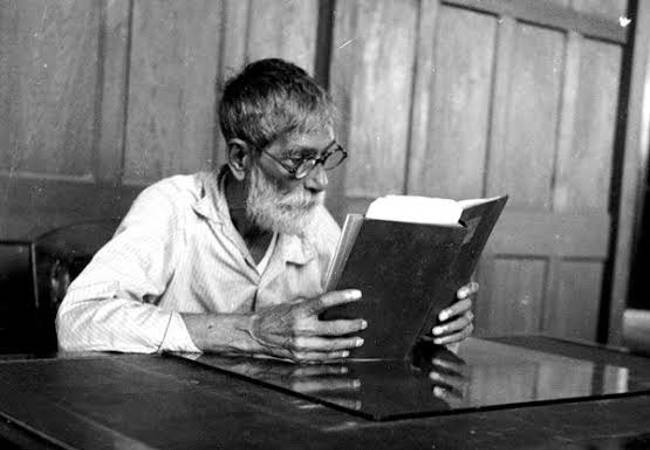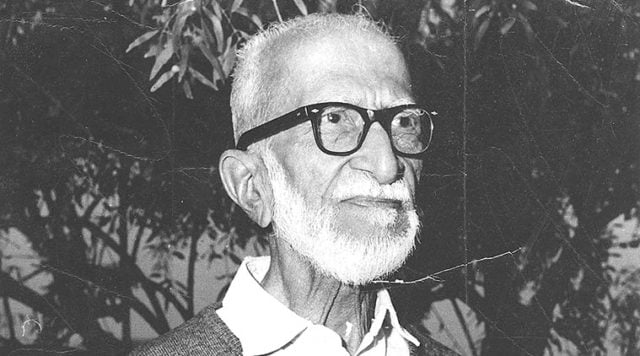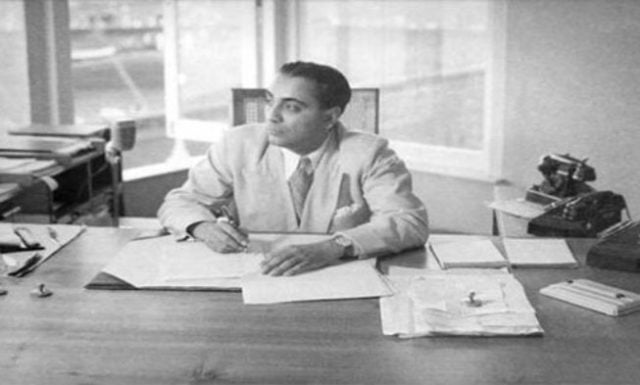National Science Day is celebrated in India each year on 28th February. On this day in 1928, the Raman effect was discovered by Indian Physicist C.V Raman. Thus it was marked as National Science Day and every year, people across the country celebrate this day with an intention of spreading the message about the importance of science which can transform our daily life with a myriad inventions and research.
This Science Day, let’s talk about our famous five Indian scientists whose contribution was valuable in the field of science.
C.V Raman

C.V. Raman received the Nobel Prize for Physics in the year 1930. He was the first Asian to receive the honour. He was honoured with this prestigious award for his pioneering work on scattering of light.
His research first said that when light traverses a transparent material, some of the deflected light changes in wavelength. This discovery is now known as the Raman effect. The observation further helped to prove that light is made of particles which are known as photons and it played a key role in the foundation of quantum physics. He established the Raman Research Institute in Bangalore in the year 1948 and was awarded the Bharat Ratna in 1954.
The American Chemical Society and Indian Association for the Cultivation of Science recognised Raman’s discovery as an International Historic Chemical Landmark.
Prafulla Chandra Roy

Acharya Prafulla Chandra Roy was a chemist, educationist, historian and a philanthropist. He established the first Indian research school in Chemistry and is known as the father of chemical science in India. The humble professor Prafulla Chandra was a nationalist who donated all his salary to the government for the development of chemical science in India.
He was the pathfinder and originator of chemical research in modern India whose work on the inorganic and organic nitrites got huge recognition and became impactful in the field of chemistry. Among his other research, the research on mercury was remarkable as mercury is a metal which can be used in Ayurvedic medicine.
Salim Ali

Sálim Moizuddin Abdul Ali, an ornithologist and naturalist, is known as the “Birdman of India”. He played a significant role in preventing the destruction of a forest which is now called the Silent Valley National Park. With Sidney Dillon Ripley, he wrote a landmark Handbook of the Birds of India and Pakistan. His autobiography is called Fall of a Sparrow. He received the Padma Bhushan in 1958 and the Padma Vibhushan in the year 1976.
Read More: Burqa Clad Female Student Expresses Her Fears Bravely To NSA Ajit Doval During His Delhi Riots Visit
Birbal Sahni

Birbal Sahni was an Indian paleobotanist. He studied the fossils of the Indian subcontinent and also was a geologist who took an interest in archaeology. His greatest contributions lie in the study of the plants of India.
Sahni was a founder of The Paleobotanical Society which later established the Institute of Palaeobotany in 1946. In the year 1936, he was elected a Fellow of the Royal Society of London (FRS). He was the first Indian botanist who was awarded the highest British scientific honour.
A.P.J Abdul Kalam

Abdul Kalam was the 11th President of India and well known as the Missile Man of India. Throughout his life, he motivated children and youth to opt for Science to make the world a better place. He was a project director in ISRO and played an important role in developing India’s first indigenous Satellite Launch Vehicle.
Additionally, he was involved in the country’s Light Combat Aircraft Project. He was intimately involved in India’s civilian space programme and military missile development efforts. He was awarded the Bharat Ratna in 1997.
Image Source: Google
Article Source: Next Gurukul, Famous Scientists
Find the blogger: @UrmiKhasnobish
































Yes